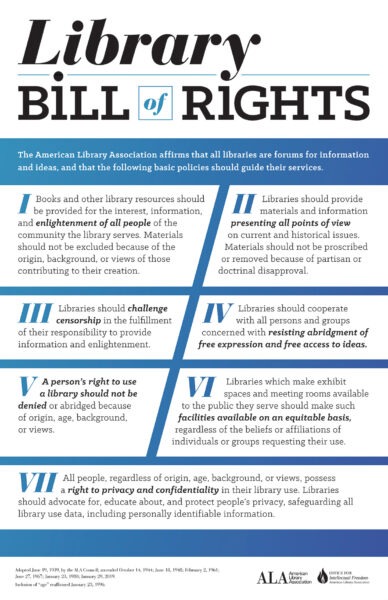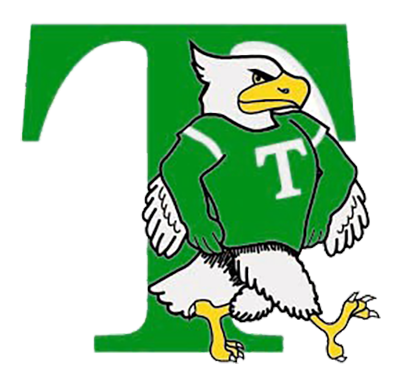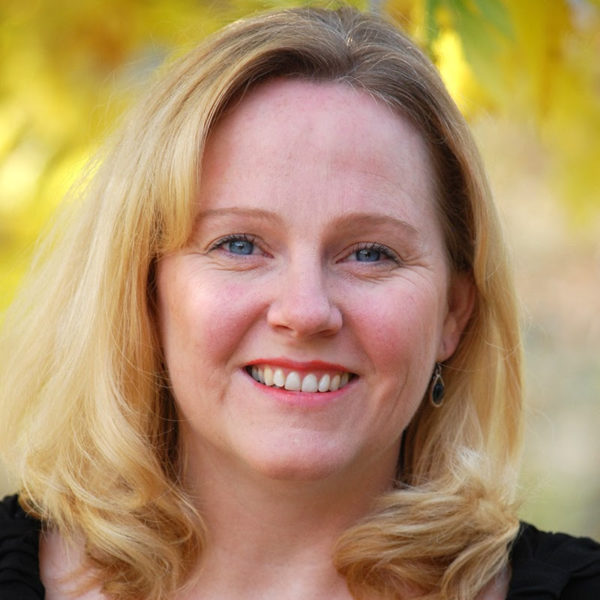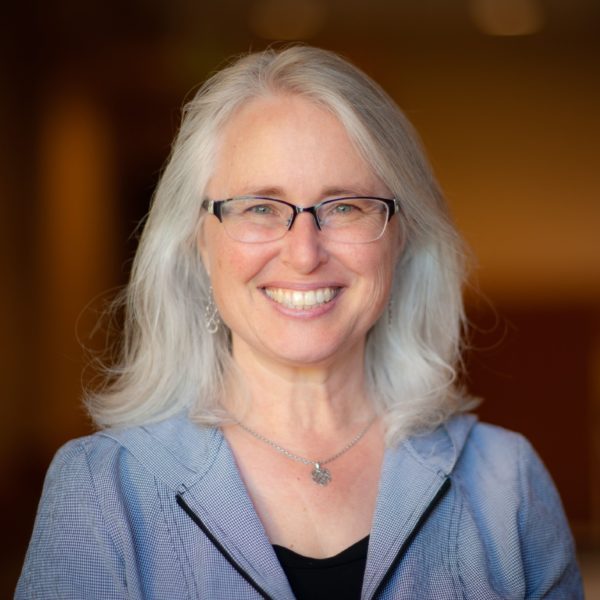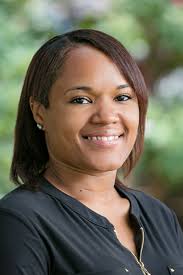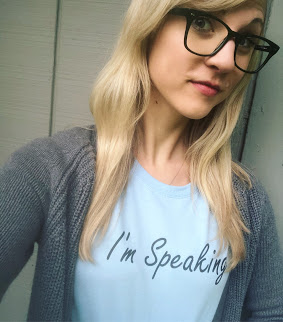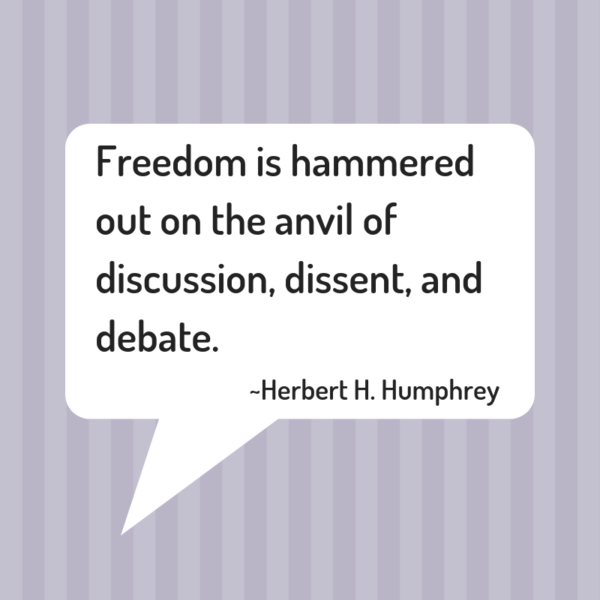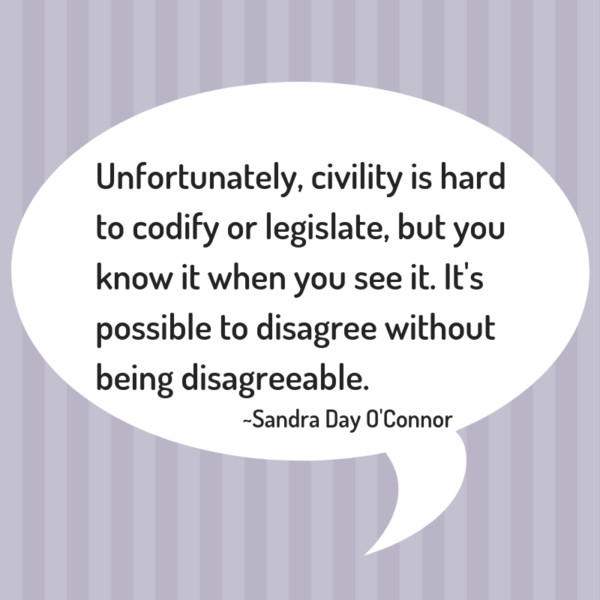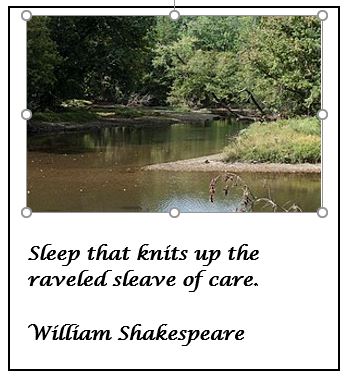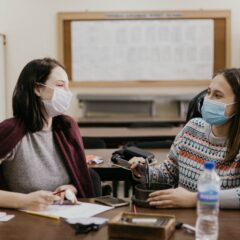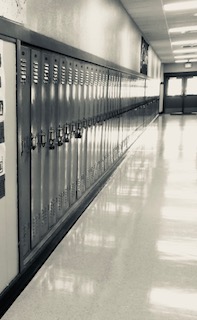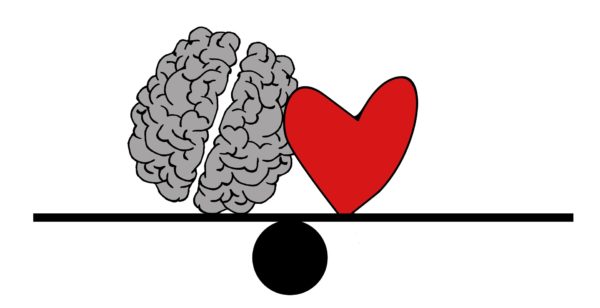This week Chris Reykdal, Washington’s Superintendent of Public Instruction, released a statement supporting removal of the mask mandate in our schools. Likewise, Governor Inslee announced upcoming changes in mask mandates statewide. With mask mandates being lifted all across the country, it seems like only a matter of time before it happens in our classrooms.
Locally, in my rural region of Southwest Washington, some conservative families have been staging protests against mask-wearing. They are still holding on to the tired old claims that masks are more harmful than COVID and that people who follow the governor’s rules are sheep.
Sigh.
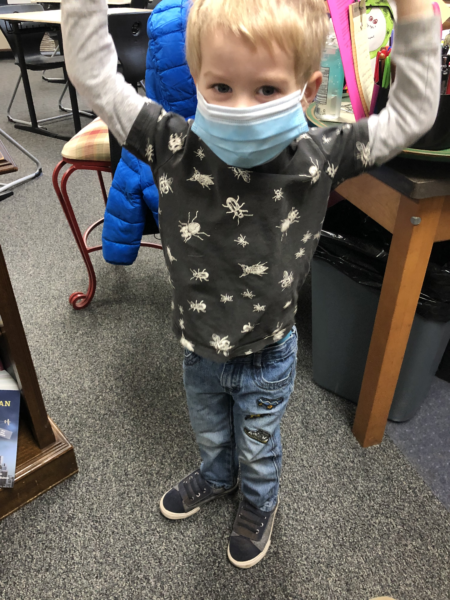
Well, they are going to get what they want. The days of masks in school are numbered. And, how do I feel about that? A bit conflicted, actually.
This has been a wild ride. For two years, I have been in close contact with infected students countless times. The majority of my 139 students have been quarantined at least once, sidelining sports teams and filling up the absence list, leaving half the desks empty at times.
I have lost friends to the virus. I have heard of the suffering and near death experiences of others. I know how awful it can be.
Due to my high rate of exposure, I missed out on so much time with my family, not wanting to spread anything to vulnerable family members. I stressed out over any symptoms, took my temperature hundreds of times…
The funny thing is that I was less sick these last two years than I have been in all twenty years of teaching. Why? What was the difference?
The mask. I believe this, 100%.
Still, it’s time. The masks are coming off, and I predict that it will be like a collective sigh of relief being released in every classroom across the state. As much as we have relied on them for safety, their absence will bring back something we have truly missed- the faces of our students.
One of my favorite areas of research is trauma-informed teaching practices. Recently, everything I read about the effects of trauma on children seems to apply to all of my students these days. Collective trauma. Stress. All of us, and particularly young people with less agency in their lives, have been under a great strain. Part of that strain is the inability to read the faces around us. There is research on this aspect of mask wearing, and it is the only valid argument against masks that I have seen. It comes down to one big truth – you cannot build trusting relationships with people when you struggle to read their emotions. Masks complicate that process.
With our new focus on the emotional health of our students, we will definitely benefit from the ability to openly smile at them. And won’t we also benefit from their smiles? Meanwhile, all this time teaching in a mask has likely honed our ability to communicate more clearly with our eyes, our gestures, and our body language. I think we can look forward to some big gains in relationship building very soon!
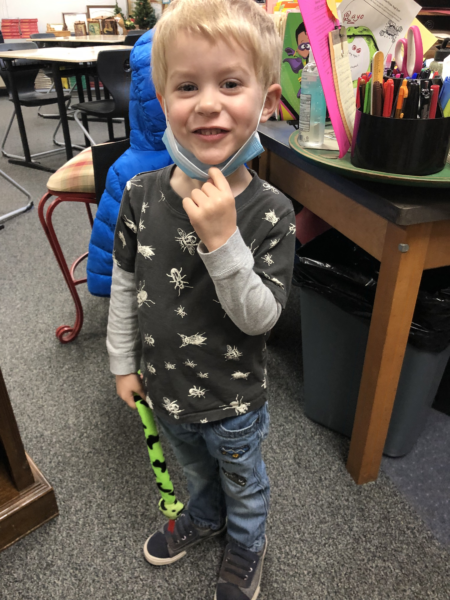
So, while we may have some nervous moments when we take off those masks, let’s make the most of it and enjoy the smiles we are about to see.
As you sort through your own emotions about the possible lifting of the mask mandate, here is some suggested reading:
Study on the Impact of Face Masks…
Do Masks Stunt Students’ Social and Emotional Development?
With Mask Restrictions Set to Lift, a Haze of Uncertainty Lingers
Doctors Warn Ending School Mask Mandates Will Lead to Rise in COVID Cases

